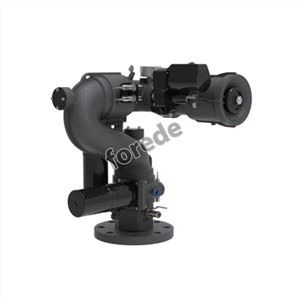Products Description

What is the difference between a standpipe and a fire hydrant?
A:Both standpipes and fire hydrants are vital components of a fire protection system. However, there are some notable differences between them.
A standpipe is a vertical pipe that is designed to supply water to multiple levels of a building in case of a fire. It has outlets at various levels that firefighters can connect their hoses to. Because standpipes are permanently installed inside a building, they can provide a reliable source of water for firefighting operations. They are especially important in tall buildings where reaching the upper levels with a fire hose from outside is difficult or impossible.
On the other hand, a fire hydrant is a valve that is installed outdoors and connected to a water main. It provides firefighters with a ready source of water from the municipal water system. Hydrants are typically located along streets or in public areas, and their bright color and prominent location make them easy to identify in an emergency. Fire hydrants can provide a high flow rate of water, making them particularly useful for fighting large fires.
So, the essential difference between a standpipe and a fire hydrant is that standpipes are internal to a building and provide water for firefighting within the building, while fire hydrants are external and provide water from the municipal water system to firefighters battling fires in the vicinity. Both are crucial for ensuring the safety of people and property during a fire emergency, and proper maintenance and testing of both systems is essential to keep them in good working order.




















